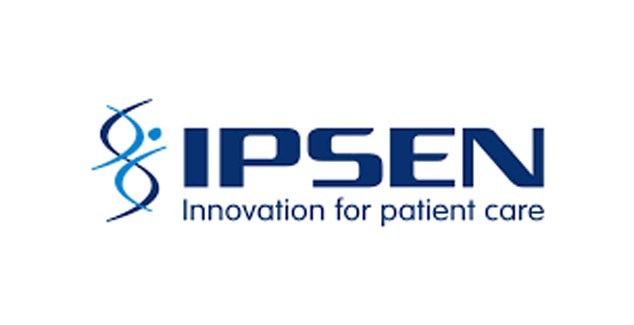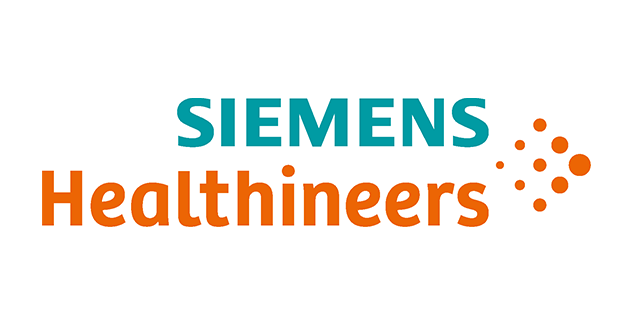Fernando Gongora-Rivera (1), Alejandro Gonzalez-Aquines (1) and Juan Manuel Marquez-Romero (2) on behalf of NET-MX Group.
1: Hospital Universitario Dr. José Eleuterio González, Universidad Autónoma de Nuevo León, Monterrey, NL, Mexico
2: Instituto Mexicano del Seguro Social (IMSS) HGZ 2, Aguascalientes, Mexico
Juan Manuel Marquez-Romero is a stroke and endovascular interventionalist in the town of Aguascalientes. Aguascalientes translates to ‘hot water’ in English, and hot water is exactly what a public patient in Mexico, who suffers from stroke will find themselves!
In 2019, Dr Marquez-Romero and colleagues watched with excitement the publication of the RESILIENT trial, which demonstrated the feasibility of EVT for acute ischemic stroke in Latin America.
In their NEJM paper ‘Thrombectomy for Stroke in the Public Health Care System of Brazil’ (1) Martins et al. identified in an RCT conducted in the public health care system of Brazil with that EVT performed within 8 hours after the onset of stroke symptoms in conjunction with standard care, resulted in better functional outcomes at 90 days than standard care alone.
This important finding is an excellent tool for researchers and clinicians in Latin America, and developing countries, to help them to pursue appropriate funding from local governments to ensure a reduction of the burden of stroke.
Setting the scene in Mexico
A passion for stroke data, and endovascular treatment among the 16 EVT specialists nation-wide was the impetus for the Mexican Endovascular Reperfusion Registry (MERR) (2), which was the first national multicenter registry of thrombectomy in Latin America. It showed that EVT for acute ischemic stroke patients is feasible in a developing country. The registry also uncovered potential challenges to the delivery of EVT to acute ischemic stroke patients.
More recently Dr Marquez-Romero and colleagues undertook a survey of the 16 endovascular neurologists to ascertain the barriers to EVT. Unfortunately, they found a series of barriers to care. The most critical identified barriers to accessing the golden standard EVT are:
- the lack of health coverage for EVT by the National Health System,
- the cost of medical supplies for endovascular treatment, and.
- the devices are not available at all hospitals, sometimes taking up to 4 hours to arrive where they are needed
- inadequate knowledge of stroke symptoms in the general population.
The study group found that the median cost for EVT was a USD$20,000 and that 60% of that costing was for the medical device costs alone and this burden was placed on patients with EVT also carrying an additional out-of-pocket cost in 90% of hospitals on the registry. Ten public hospitals and 11 private hospitals were investigated, and it was found that over 95% of cases registered were cases of patients from the private setting.
Now, Dr Marquez-Romero and colleagues are devising a plan to remove these barriers and they know they can’t do it alone. Equally they know that one solution cannot work without the other. To reduce these inequalities in EVT in Mexico, two things must happen concurrently: full funding from government to cover EVT treatments and education programs and campaigns to increase awareness of stroke symptoms.
Efforts at all government levels and society are required to tackle these barriers. An increase and efficient use of public funding for EVT coverage and the deployment of continuous and targeted stroke education campaigns would reduce the inequities in EVT access in Mexico.
References
1. Martins SO, Mont'Alverne F, Rebello LC, et al. Thrombectomy for Stroke in the Public Health Care System of Brazil. N Engl J Med. 2020 Jun 11;382:2316-26.
2. Marquez-Romero JM, Góngora-Rivera F, Hernández-Curiel BC, Aburto-Murrieta Y, García-Cazares R, Delgado-Garzón P, Murillo-Bonilla LM, Ochoa-Solórzano MA. Endovascular Treatment of Ischemic Stroke in a Developing Country. Vasc Endovascular Surg. 2020 May;54(4):305-312. doi: 10.1177/1538574420906941.
Neurological Endovascular Therapy – Mexican Group (NET-MX Group):
Yolanda Aburto-Murrieta, José Aurelio Cerón-Morales, Primo Miguel Delgado- Garzón, Ricardo García-Cazares, Claudio Alberto García-Perales, Sebastián Gutiérrez-Casillas, Alonso Gutiérrez-Romero, Bernardo César Hernández-Curiel, Ana Aurora Lugo-Pon, Luis Manuel Murillo-Bonilla, Juan Carlos Muñiz-Álvarez, Marco Antonio Ochoa-Solórzano, and Juan Manuel Santana-López.

 Member login
Member login














